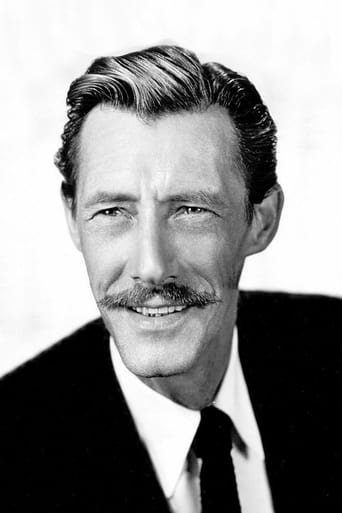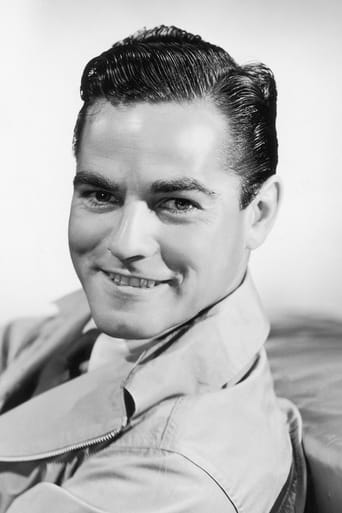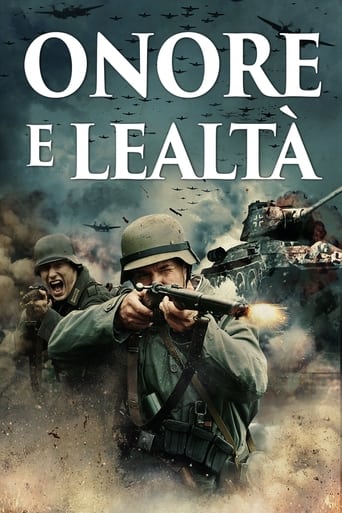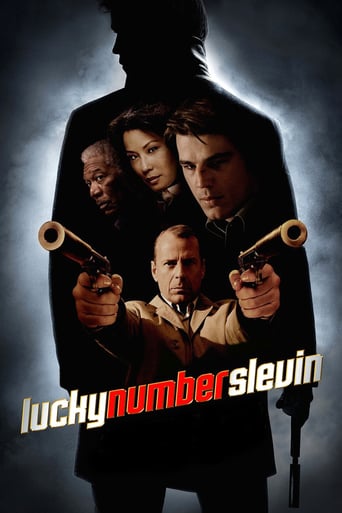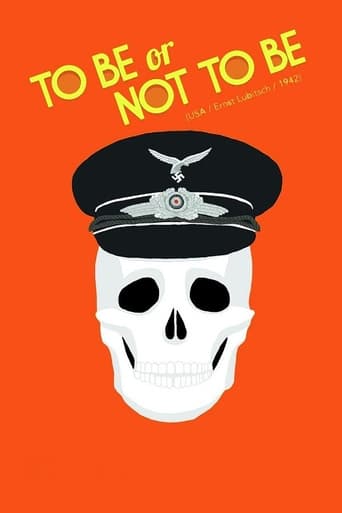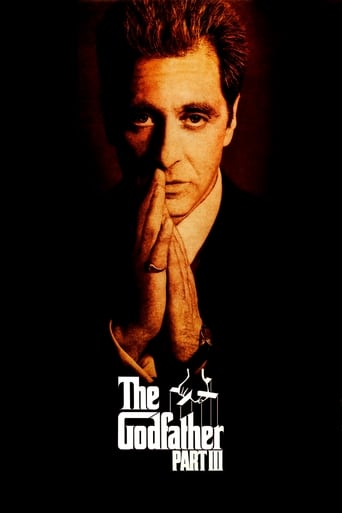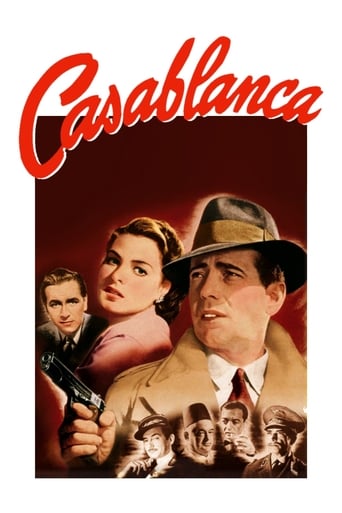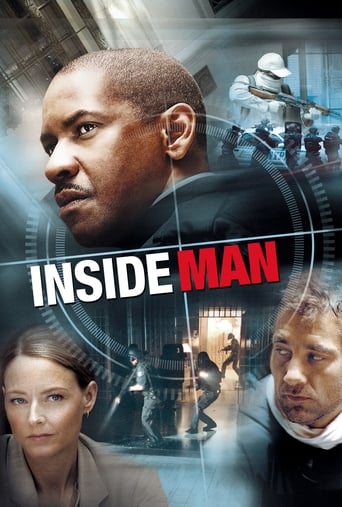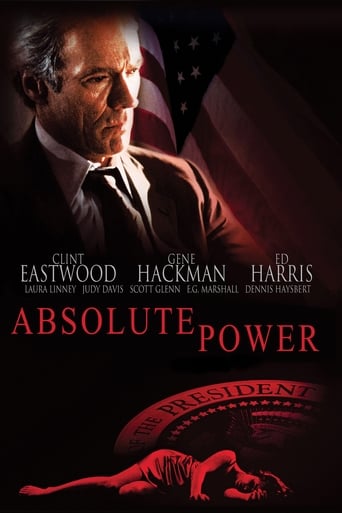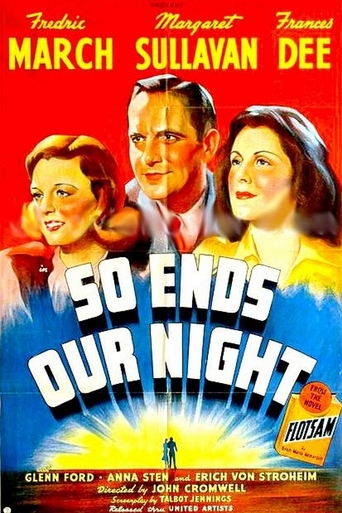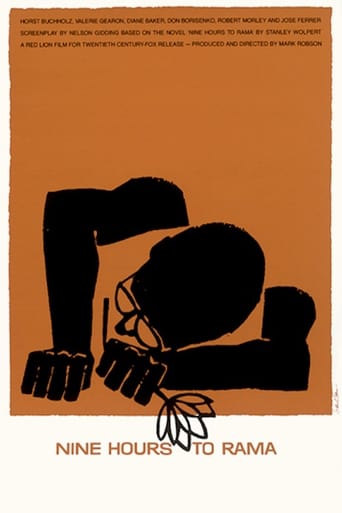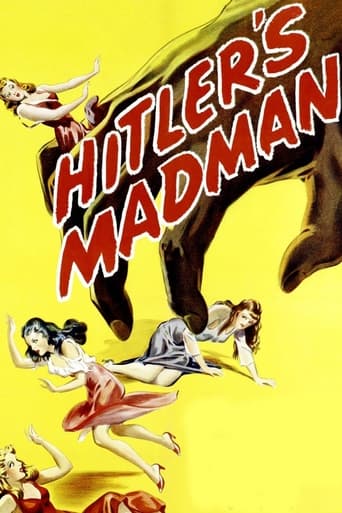

Hitler's Madman (1943)
In 1942, a young paratrooper in the RAF returns to Czechoslovakia to encourage his fellow countrymen to sabotage the German war effort.
Watch Trailer
Cast


Similar titles
Reviews
Let's not kid ourselves, "Hitler's Madman" is not only no masterpiece but pretty terrible in places yet director Douglas Sirk's movie about the assassination of Heydrich, made almost as the events themselves were unfolding, has great moments. There are scenes here as good as any in war movies, just as there are B-Movie moments as bad as any in B-Movies. Certainly the events portrayed are harrowing enough for this to feel like the ultimate feel-bad movie; perhaps what is most astonishing is that it was made at all while the war was still going on.It's let down, (badly), by some awful acting but redeemed by Sirk's brilliant handling of individual scenes and by a terrific performance from John Carradine as Heydrich, (his death scene is Oscar-worthy). It may not stick very closely to the events but it's still preferable to the more recent movie dealing with the same subject.
From his relatively safe base in England, Czech soldier Alan Curtis (as Karel Vavra) parachutes into his former hometown of Lidice, now controlled by bloodthirsty German Nazis. The village is a resource-rich riverside farming community, now helping to fatten Hitler's madmen. Hiding out and encouraging residents to support British allies through sabotage, Mr. Curtis reacquaints himself with glamorous schoolteacher Patricia Morison (as Jarmilla Hanka). While on his mission to bolster local resistance, Curtis is unable to resist Ms. Morrison's movie-star beauty. Their greatest obstacle is John Carradine (as Reinhardt Heydrich), an especially nasty Nazi called "The Hangman" and "The Protector" (of Hitler's Third Reich)...This was director Douglas Sirk's first American film, after arriving from Hitler's Germany. He makes a great first impression on US shores and had, no doubt, some personal observations about Adolf Hitler and his fascist regime. The brutality is addressed more vividly in modern movies. Older films had to tone down the violence or omit it altogether in favor of gun-ho propaganda. Sirk manages to covey the horror without gore and tells the story exceptionally well..."Hitler's Madman" is bogged down by the ill-placed Hollywood-style romance played by co-leads Curtis and Morrison. They are out of place, here, but the film's supporting roles are marvelous. The "Madman" in the title refers to Mr. Carradine. There are a couple others who would have made "Hitler's Madmen" a more appropriate heading. Carradine has several great scenes. So does gluttonous Ludwig Stossel (as Herman Bauer), the mayor inserted by the Nazis. And, while only seen briefly, Sirk has portly Howard Freeman (as Heinrich Himmler) primping memorably in a mirror while planning a slaughter...From the obvious twists in Edgar Kennedy's showy alcohol-drenched hermit (Nepomuk) to the subtle revenge enacted by mournful German mayor's wife Johanna Hofer (as Magda), there are engaging characterizations. Yet, the story belongs to the "organizers and intellectuals" targeted by Hitler, and represented by veteran actor Ralph Morgan (as Jan Hanka). The father of leading lady Morrison, Mr. Morgan initially doesn't want to support the resistance because he believes his entire village could be destroyed. His character's journey is the one to follow and Morgan's "Jan Hanka" walks away with the film.******** Hitler's Madman (6/10/1943) Douglas Sirk ~ Alan Curtis, Patricia Morison, Ralph Morgan, John Carradine
Although it was overshadowed by Lang's "Hangmen also die" , "Hitler's madman" seems closer to Borzage's "the mortal storm" ,with its depiction of life in an occupied town.But the finale was probably borrowed from Abel Gance's "J'accuse" (1919 and 1937) and its "wake of the dead" sequences.Great sequences: the professor of philosophy resuming his lecture in front of the Nazis (there is a similar sequence in "the mortal storm");the female student,refusing to be treated as a beast ;the admirable scene where the mayor's wife,reading that her sons are dead, and cursing the "Fuhrer" (a famous lullaby the name of which I cannot remember ,makes a very moving score, as she remembers her boys' childhood).The hangman, in his bed and begging for morphine,as he too realizes that the Third Reich means nothing when you're dying.Probably Sirk's best forties film .In the fifties,he would come back to WW2 and the Nazi barbarity with a work I consider his masterpiece : "A time to love and a time to die" (1958),from the great German pacifist writer Erich Maria Remarque's novel.
This film story of the assassination of Reinhard Heydrich (titled by the Nazis as Reichs Protector of Bohemia and Moravia, by the Czechs as "The Hangman", and also one of the architects of "The Final Solution")and of the subsequent annihilation of the village of Lidice by the Nazis, really does not do justice to the subject. Although released by MGM, it was actually produced by poverty row Producer Releasing Corporation (PRC). Some of the cast members are old familiars and rather good, but none give a feeling that these are Czechs being murdered by Hitler's minions. As war propaganda, it is a success, and it at least gives the spirit of the tragedy of Lidice, if not historically detailed facts. John Carradine is effective as Heydrich, especially in his deathbed scene.The facts about the assassination briefly are that two Czech partisans were parachuted into Czechoslovakia from an RAF plane. They managed to ambush Heydrich's open Mercedes, throw a bomb under it, and escape to a church. Heydrich died a few days later from complications arising from the penetration of his spleen by bomb fragments and debris from the car upholstery. Using torture, the Nazis discovered the whereabouts of the two partisans and the SS killed them at once. Lidice was picked more or less at random from among villages known to have anti-German leanings. On Hitler's orders, the men were shot and the women and children removed to camps, while the buildings of the site were levelled. When it became known in the allied world, this made excellent anti-Nazi propaganda, and more than one film was made of the subject. It may be that the massive retaliation backfired somewhat on the Nazis also by stiffening Czech resistance to the occupation.



